Loading...
Why rfSE?
Here are the reasons
Membership - #Club002 started
rfSE Club

rfSE Free Club
- Max members: Unlimited
- Pricing: ₹0/month
- Requirements: Passion, basic English, internet & laptop
- 1 live session per month where we discuss tech and engineering thinking

rfSE Starter Club
- Max members: 20 per club
- Pricing: ₹799/month
- Effective fee: If all 20 seats are filled, the total club fee averages to ₹16,000/month, but your own fee never goes above ₹799/month
- Requirements: Passion, basic English, internet & laptop
- 2 live/reading sessions per week to build strong foundations

rfSE Pro Club
- Max members: 15 per club
- Pricing: ₹2,500/month
- Effective fee: If all 15 seats are filled, the total club fee averages to ₹22,500/month; if fewer people join, your fee still stays capped at ₹2,500/month
- Requirements: Passion, basic English, internet & laptop
- 4–6 live + reading sessions per week, with deep first‑principles learning and mentorship
#Club002
starting soon...
Problem:
The current education system isn't keeping up with advancements around the world. And it has become more of job-oriented / grade-oriented instead of focussing on innovation / inventions.
Solution:
rfSE Club: An innovative club from MountainKid AI with a motive to create real engineers with first principles who can invent and innovate things.
Try rfSE Thinking tool
Using this tool, rfSE Members and learners can break down any complex problems into their fundamental principles.
And the goal of rfSE Thinking tool is to Create real engineers with first principles thinking who can create any product under 1/10th the cost of what others are spending/investing.
Click to try now: rfSE Thinking Tool
Watch the video before using the tool: Click to see
How rfSE Works
Unlike traditional education systems, rfSE Club is an open club, allowing students to learn at their own pace with MountainKid AI Engineer's support and rfSE Docs (our open-source project).
This approach empowers learners to take control of their education, focusing on practical skills and real-world applications rather than theoretical knowledge alone.
Frequently Asked Questions
Engineers will sit with you, not "teachers." At rfSE Club, working engineers discuss with you in a practical way, show you how they think, and review your work like a real team, not like a classroom.
Once you are selected, you will be added to our Slack workspace. There you can directly reach your club mentor (MountainKid engineer), ask doubts, share progress, and coordinate your project work with the whole team.
1 live session per month where we discuss tech and engineering thinking
rfSE Starter Club – ₹799/month
2 live/reading sessions per week to build strong foundations
rfSE Pro Club – ₹2,500/month
4–6 live + reading sessions per week, with deep first‑principles learning and mentorship
If you have any financial issue, write to us at hello@mountainkid.ai or explain your situation in the signup form. We always keep a few seats for people who really can't pay.
No: If you want 1 session/month, deep code reviews, projects, and a mentor who tracks your growth, that lives inside Starter and Pro plans.
• What is a computer, how it all began, and the history of the internet
• Operating systems, computer networks, and how a program is actually run by your machine
• Mathematics for problem-solving and discrete structures
• Programming in C, Rust, Python, and JavaScript
• Designing low-latency, high-throughput systems
• AI/ML research basics
• How to think like an engineer and how to build any product for 1/10th cost
Everything is project-driven. You learn concepts only to apply them immediately.
• Engineers, not tutors, run the clubs
• First-principles driven curriculum
• Your ideas can become patents and startups, not just assignments
• rfSE is not built for grades and jobs; it is built for inventions and innovations
When your mentor (MountainKid engineer) agrees that you've started doing hard‑core research/engineering on your own project or a project with MountainKid, you will receive 50% of whatever subscription you have paid till that day. This is our way of telling you: now you are no longer just a student, you are an engineer.
Yes. Any member who builds something in life—startup, product, research paper, patent—must give rfSE Club name credit somewhere in their story or bio. This keeps the chain alive and tells the next generation that rfSE was created for inventions, not just jobs.
MountainKid Valley is our fund and builder ecosystem. If you are an rfSE member and you come up with a brilliant idea, we will always prioritize you when you are looking for funding or a serious push. You get first access to our attention, networks, and capital.
Every engineer at MountainKid must log at least 4 hours per week for rfSE Club—teaching, mentoring, reviewing code, or helping with member projects. This is a rule inside the company. rfSE exists because engineers give back their time, not because we outsource teaching.





















